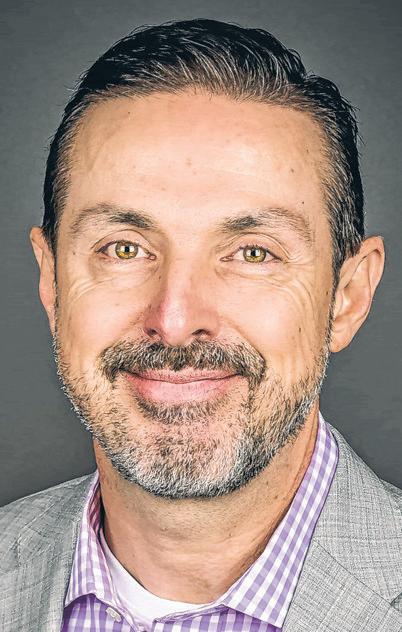
The cases are growing in number, and the verdicts are getting bigger, insurer Allianz said in a recent analysis. A Philadelphia jury this year, for example, ordered Exxon Mobil to pay $725 million to a service station mechanic who developed leukemia. In another case, a California jury said an entertainment billionaire should pay $900 million to a former employee who brought sexual battery claims.
For victims' advocates, the large verdicts hold corporations accountable, but businesses have argued they lead to increased insurance costs that are ultimately passed on to consumers. The Wall Street Journal spoke with David Arick, the president of the risk management society RIMS, for his views on the trend, and whether 2025 and Republican control of the White House and Congress could bring changes.
WSJ: Could you talk about the trend toward ever-larger jury verdicts against businesses?
ARICK: The plaintiffs' bar has done a really good job of making it seem like a victimless crime when they get a business to pay for an event that occurred, whether they were legally responsible or if the amount that's paid equals the amount of damages or an appropriate amount of compensation for that injured party.
It's a big concern for insurers, and [especially] insurers that cover certain industries like trucking [and] retail. Insurers are paying for these [verdicts], which drives up the cost of insurance, which drives up the cost of goods and services. It's effectively becoming a tax. It's a winning lottery ticket for that plaintiff to make them feel compensated for something bad that happened.
WSJ: When you have a large verdict, are others benefiting apart from the alleged victim?
この記事は The Wall Street Journal の December 31, 2024 版に掲載されています。
7 日間の Magzter GOLD 無料トライアルを開始して、何千もの厳選されたプレミアム ストーリー、9,000 以上の雑誌や新聞にアクセスしてください。
すでに購読者です ? サインイン
この記事は The Wall Street Journal の December 31, 2024 版に掲載されています。
7 日間の Magzter GOLD 無料トライアルを開始して、何千もの厳選されたプレミアム ストーリー、9,000 以上の雑誌や新聞にアクセスしてください。
すでに購読者です? サインイン